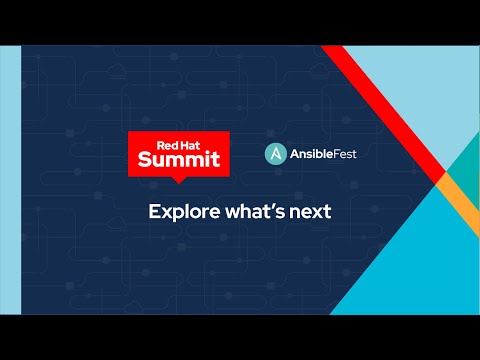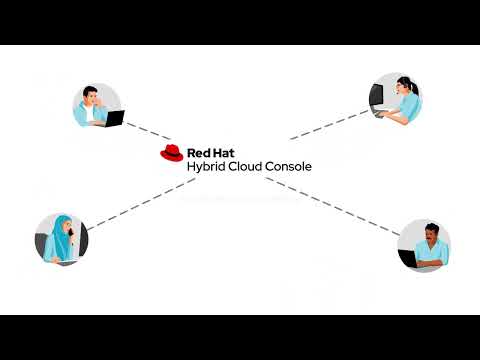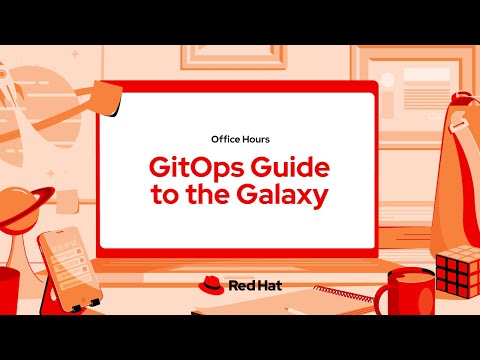
What is agentic AI and why is it so powerful for the enterprise? While frameworks like ReAct and chain-of-thought are evolving fast, running them in production creates real challenges. Discover the core components of AI agents and why a stable platform is critical for success.
Agentic AI goes far beyond standard large language models (LLMs). Instead of just talking about tasks, AI agents can use tools, make plans, and interact with real-world systems to get things done. But with frameworks that are often just months old, how can enterprises manage the risk of instability and unreliability?
Join Roberto Carratalá, a Principal AI Platform Architect at Red Hat, as he breaks down the three main components that give agentic AI its power:
● Tools: The ability to connect to APIs, search the web, run code, and access databases for real-time information.
● Planning & Execution: Using reasoning frameworks like ReAct to think step-by-step, choose the right tools, and adjust actions as needed.
● Memory: Remembering previous interactions to maintain context and improve decision-making over time.
Learn why the platform you run these agents on is just as important as the frameworks themselves for building dependable, enterprise-grade AI solutions.
Build your AI applications on a platform you can trust:
🔧 Explore Red Hat OpenShift AI → https://www.redhat.com/en/technologies/cloud-computing/openshift/openshift-ai
💡 Read more about Enterprise AI → https://www.redhat.com/en/topics/ai
✨ Learn about Red Hat’s vision for AI → https://www.redhat.com/en/blog/open-source-ai-red-hats-point-view
#RedHat #AgenticAI #EnterpriseAI #OpenShiftAI







![[vLLM Office Hours #28] GuideLLM: Evaluate your LLM Deployments for Real-World Inference](https://videos.sebae.net/wp-content/uploads/2025/06/hqdefault-610.jpg)



